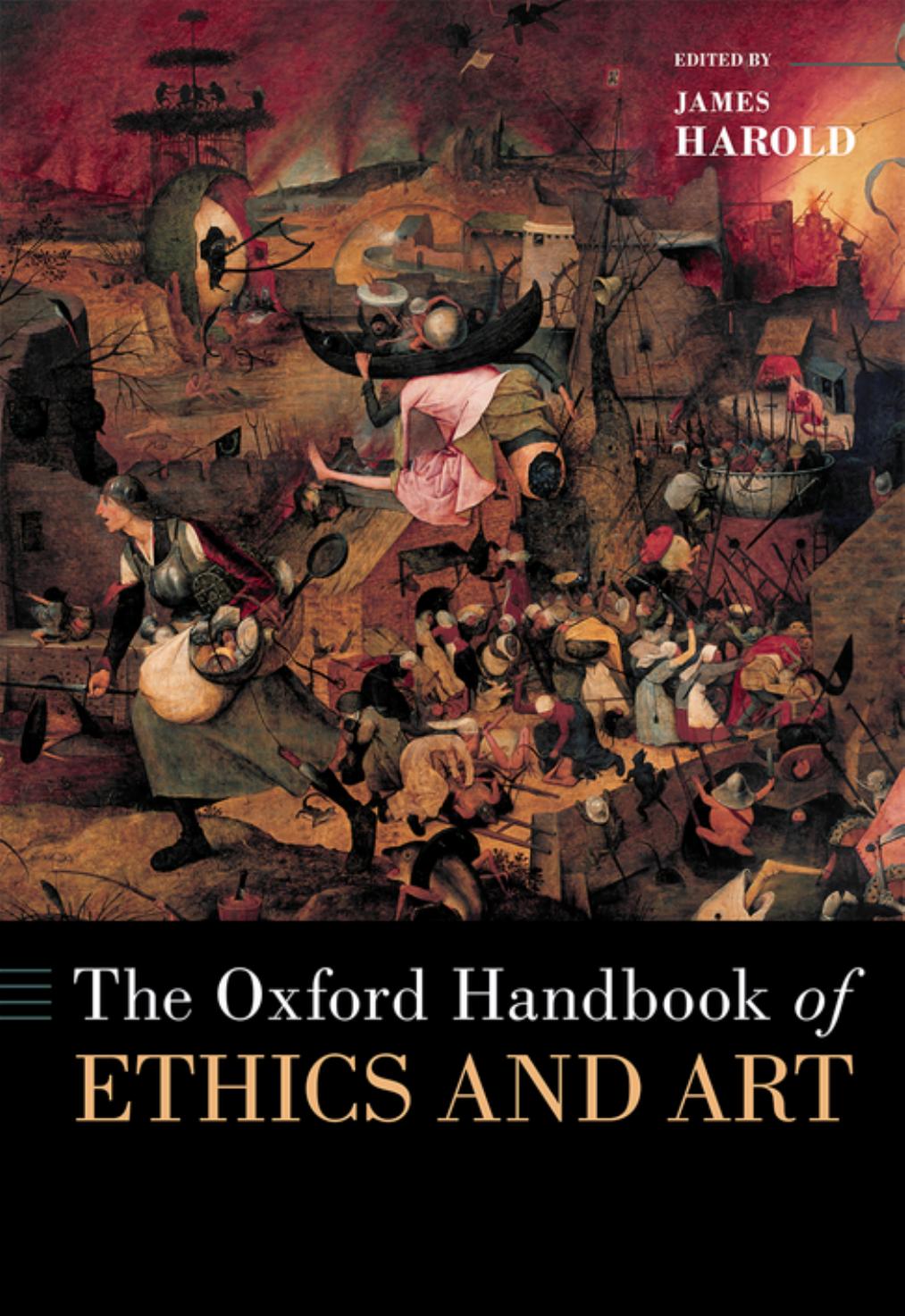

Most ebook files are in PDF format, so you can easily read them using various software such as Foxit Reader or directly on the Google Chrome browser.
Some ebook files are released by publishers in other formats such as .awz, .mobi, .epub, .fb2, etc. You may need to install specific software to read these formats on mobile/PC, such as Calibre.
Please read the tutorial at this link: https://ebookbell.com/faq
We offer FREE conversion to the popular formats you request; however, this may take some time. Therefore, right after payment, please email us, and we will try to provide the service as quickly as possible.
For some exceptional file formats or broken links (if any), please refrain from opening any disputes. Instead, email us first, and we will try to assist within a maximum of 6 hours.
EbookBell Team

4.1
50 reviewsEach section of the volume samples a mix of topics that have been widely discussed alongside those that have been less noticed by philosophers. What emerges is a sense of the great variety of different problems and approaches as well as some recurring and overlapping themes.
The essays in this volume put forth a deliberate effort to stretch beyond some of the debates and problems most familiar to Anglophone philosophers. Familiar topics and positions have been placed side by side in the volume with new and neglected ones, sometimes suggesting surprising connections and conflicts. The volume is divided into four sections: Historical Perspectives, Theoretical Approaches, Individual Arts, and Problems. Chapters in "Historical Perspectives" cover significant historical and cultural periods in which philosophical debates about ethics and art became salient, from ancient Greece and China to Japan, the Harlem Renaissance, and beyond. These chapters show the wide variety of different concrete practices that were associated with the idea of "art," as well as the great range of approaches to thinking about what constitutes an "ethical" concern. The section on "Theoretical Approaches" takes up questions about the relationship between moral and aesthetic evaluation, moral theories, and the familiar debate between "moralists," "autonomists," and others. The section on "Individual Arts" considers how moral questions
…